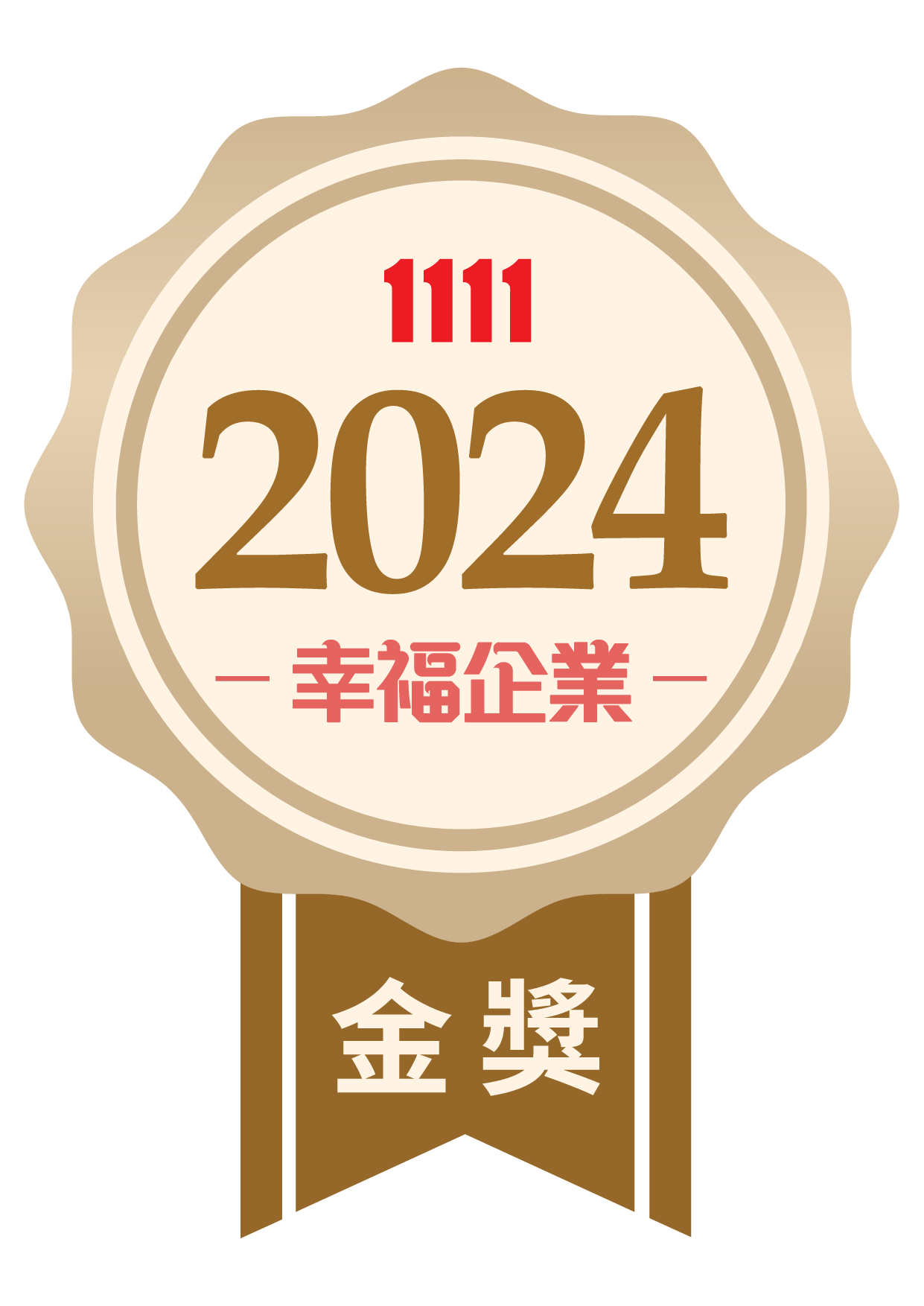FAQ
Aluminum Can Q&A

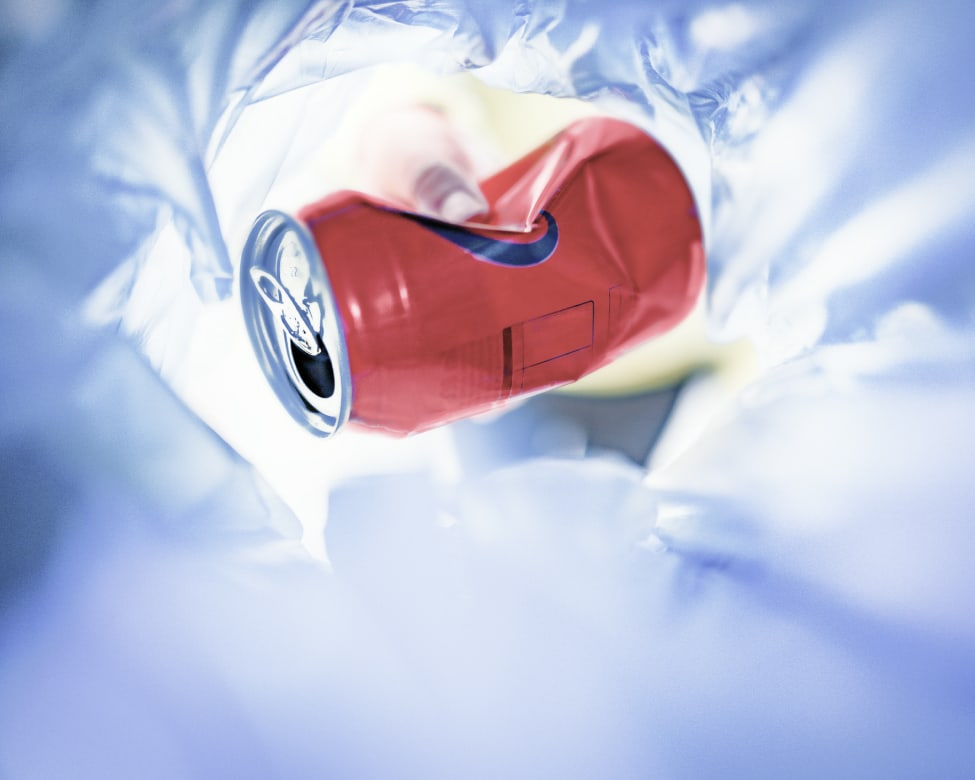
Environmental Protection & Recycling
What are the environmental benefits of aluminum cans?
A
100% recyclable with low energy consumption during the recycling process.
What Are Recycled Aluminum Cans Used For?
A
They can be remanufactured into new aluminum cans, automotive parts, construction materials, and other aluminum products.
How Long Does It Take to Recycle an Aluminum Can?
A
In theory, it only takes about 60 days.
What is “infinite recycling” and how does it relate to aluminum cans?
A
Infinite recycling means a material can be endlessly recycled without losing its quality. Aluminum is a material that can be recycled infinitely without degradation, making aluminum cans a prime example of infinite recycling.
Basic Characteristics & Uses of Aluminum Cans
What types of beverages are aluminum cans most commonly used for?
A
Carbonated drinks, beer and energy drinks.
What is the purpose of the coating inside an aluminum can?
A
An anti-corrosion coating to prevent direct contact between the beverage and the aluminum.
What is the approximate weight of an empty 330ml aluminum can?
A
Approximately 10.55 grams before printing and 10.65 grams after printing.
Why is the top of most aluminum cans recessed?
A
This design increases the strength of the can, reduces material usage, and makes it easier to stack during transportation and storage.
How much internal pressure can an aluminum can usually withstand?
A
Approximately 90 PSI (pounds per square inch), which is equivalent to 6 atmospheres.
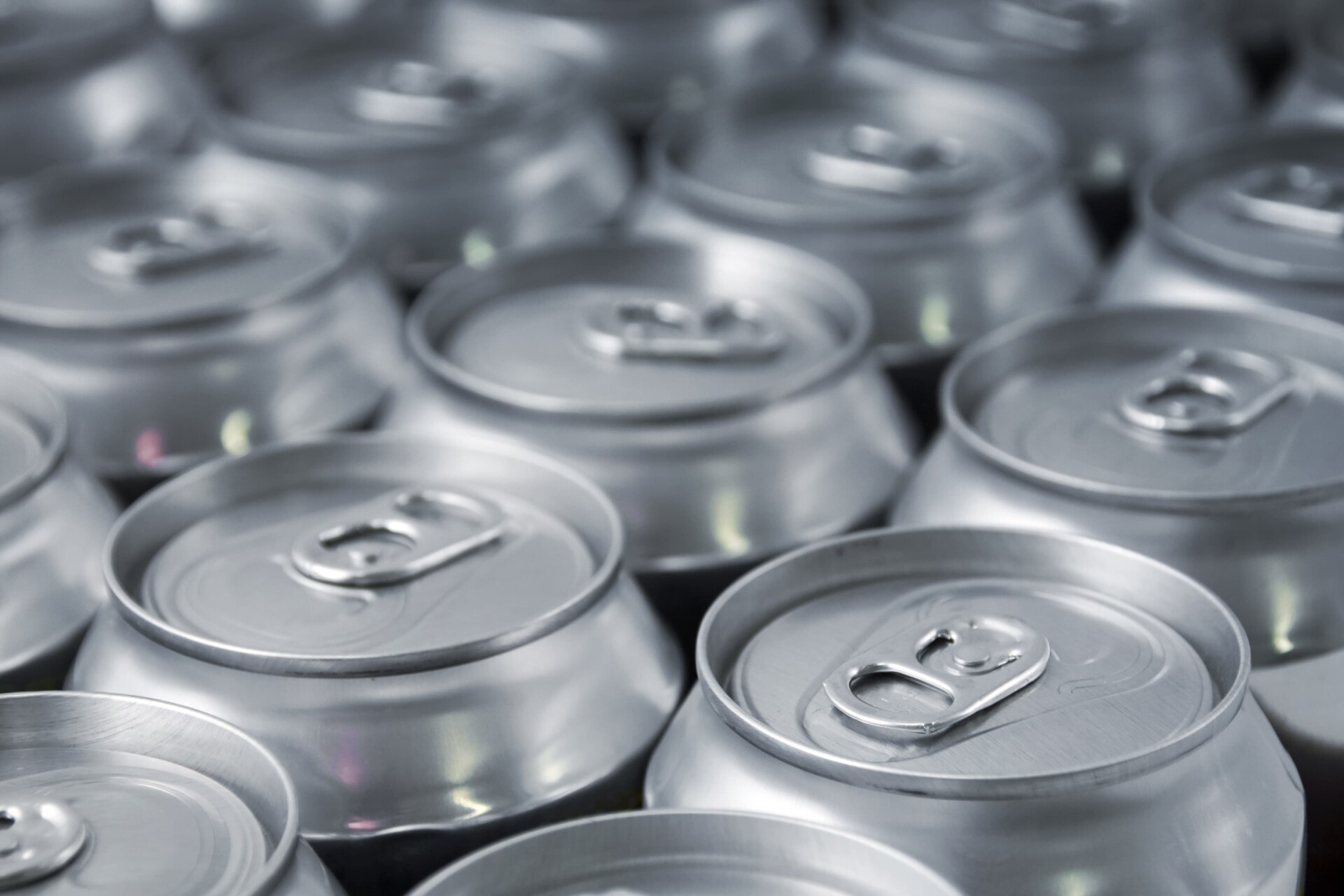
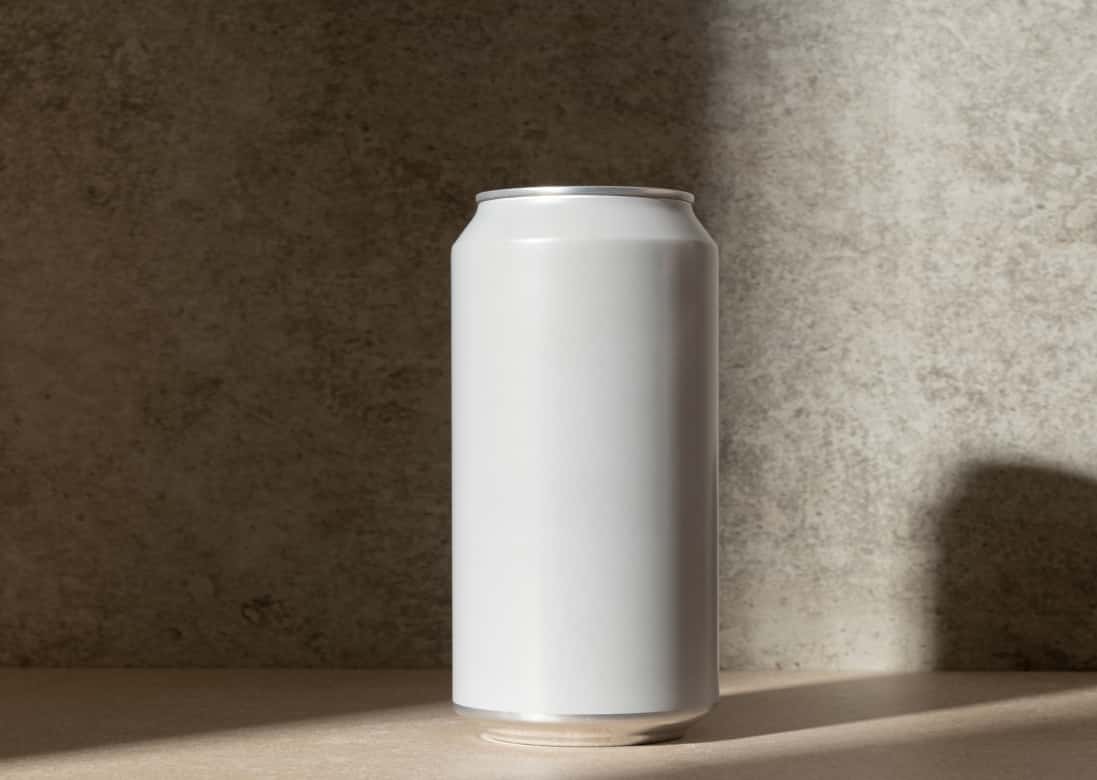
Manufacturing & production
What is the most energy-intensive step in the aluminum can manufacturing process?
A
The production of aluminum sheets, including bauxite mining and aluminum electrolysis, is the most energy-intensive step. Using recycled aluminum significantly reduces energy consumption.
How many aluminum cans are produced globally each year?
A
About 200 billion.
Physical phenomena and technological innovations
Why do some aluminum cans “frost” after refrigeration?
A
This happens when water vapor in the air condenses at low temperatures, forming tiny ice crystals on the can’s surface.
What is “invisible barcode” technology and how does it apply to aluminum cans?
A
This is a technology where the barcode is embossed directly onto the can, making it hard to see with the naked eye but readable by a scanner, helping with anti-counterfeiting and product tracking.
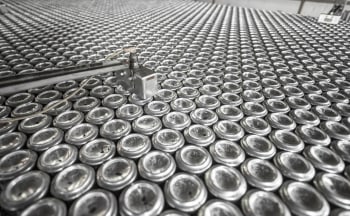
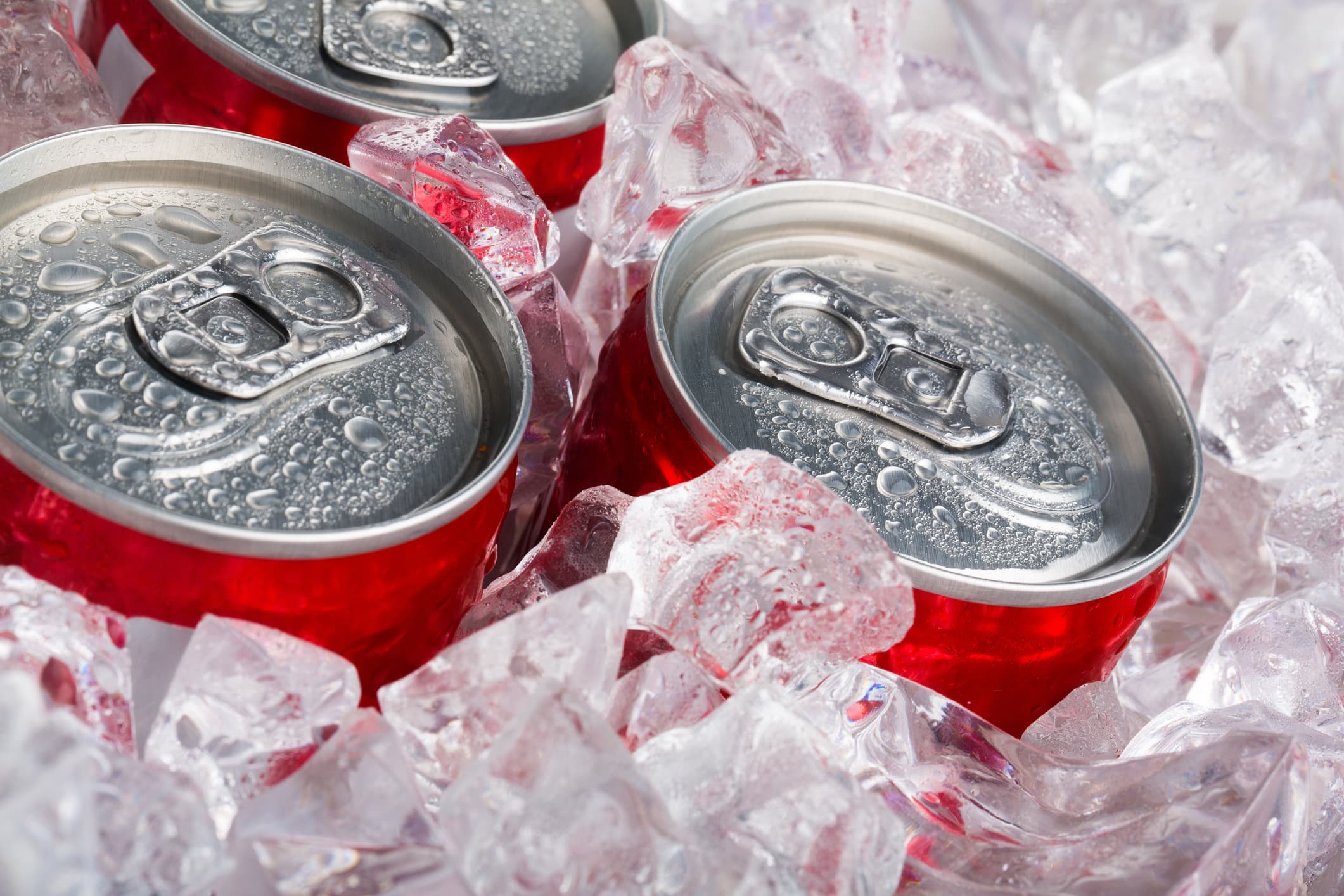
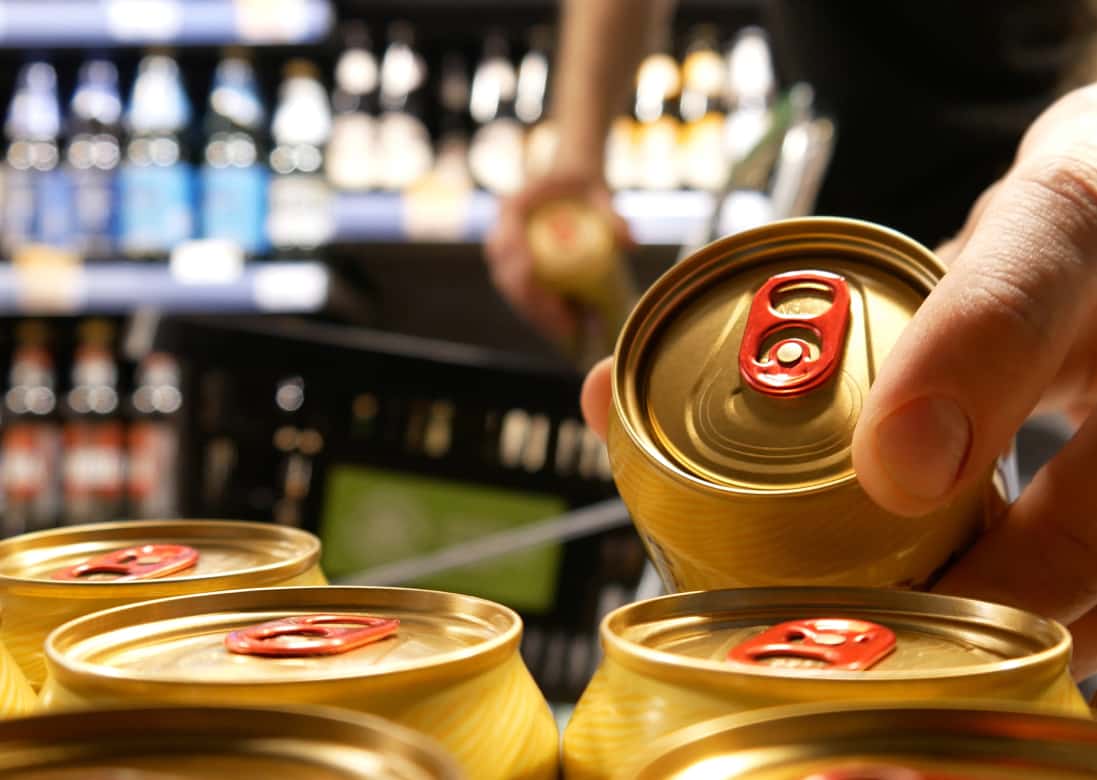
Market trends & comparisons
What are the advantages of aluminum cans over glass bottles in transportation?
A
Aluminum cans are lighter, less fragile, and can be stacked more tightly, reducing transportation costs and carbon footprint.
In which emerging beverage markets have aluminum cans been rapidly adopted in recent years?
A
The market for non-traditional canned beverages, such as wine, cocktails, coffee, and functional beverages, is growing rapidly.
What is the aluminum can industry doing to address the plastic pollution problem?
A
Many companies are promoting aluminum cans as an environmentally friendly alternative to plastic bottles, emphasizing their high recycling rate and circular value.
